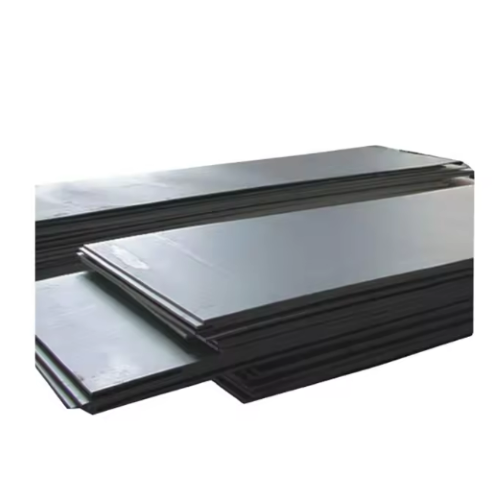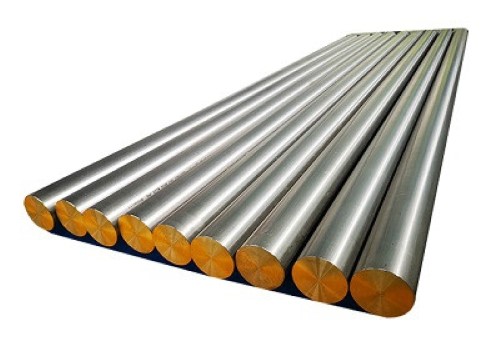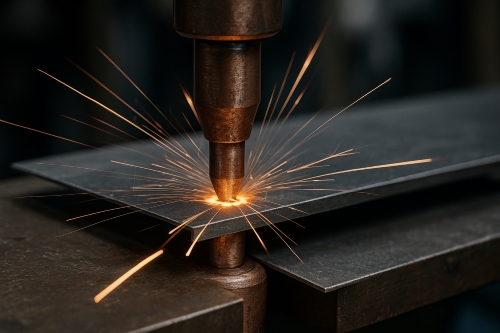Metal Composite Materials: A Comprehensive Overview
What Are Metal Composite Materials?
Metal Composite Materials (MCM) are engineering materials produced by combining two or more different metals or metals with non-metal materials. They are designed to use the beneficial properties of each component while reducing any limitations accordingly.
MCM are engineered to provide higher strength, lower weight, improved heat conduction and increased resistance to corrosion.
- Increased strength and rigidity: MCM can be produced to have greater strength and stiffness than pure metals. This is appropriate for structural applications that require high mechanical performance.
- Improved wear resistance: The addition of hard ceramic phases into the metal matrix raises wear resistance. This is important for applications with friction and mechanical wear.
- Thermal and chemical stability: Many MCM are designed to withstand high temperatures and corrosive environments. They are used in aerospace, chemical processing and the energy sector.
- Weight reduction: By choosing lightweight reinforcements, MCM achieve a favourable strength-to-weight ratio. This is vital in the aerospace and automotive industries, thereby improving efficiency and performance.
Common Types of Metal Composite Materials
Metal composite materials are typically categorised on the basis of their composition and structure. Common types include Metal Matrix Composites (MMC), laminated metal composites and clad metals. Each type is developed to meet the requirements of specific applications ranging from aerospace components to everyday household items.
1. Metal Matrix Composites (MMCs):
Metal Matrix Composites are produced by embedding reinforcement materials, such as ceramic fibres or particles, into a metal matrix. The metal matrix provides ductility and toughness, while the reinforcement provides additional strength and stiffness.
Aluminium, titanium and magnesium are frequently used as matrices. These composites are known for their good strength-to-weight ratio and are used in aerospace and automotive engineering. MMCs with aluminium matrices are used in aircraft structures where both low weight and high strength are required.

2. Laminated Metal Composites:
Laminated metal composites consist of layers of different metals bonded together. The bonding may be achieved by rolling, welding or explosive bonding. This method is used to combine metals with complementary properties, such as the toughness of steel and the corrosion resistance of aluminium.
Laminated metal composites are used in construction, the automotive industry and shipping, given that they offer strength, durability and resistance to weather.
3. Clad Metals:
Clad Metals are produced by adhering a thin layer of one metal onto the surface of another. This process produces a material that retains the mechanical properties of the base metal while gaining additional properties from the cladding.
For example, stainless steel may be clad with copper to improve thermal conduction while maintaining strength and corrosion resistance. Clad metals are used in electrical connectors, cookware and heat exchangers.
Industrial Metal Composite Materials
In the industrial sector, metal composite materials play an important role in enhancing performance and efficiency. These materials are adjusted to meet the specific requirements of industries such as aerospace, automotive, construction and energy.

1. Aerospace Industry:
The aerospace industry relies on metal matrix composites to manufacture lightweight and high-strength components. Titanium matrix composites are used in jet engines and airframe structures where low weight and high temperature resistance are essential. For example, tests have indicated a strength increase of 25% in some titanium matrix components compared to conventional alloys.
2. Automotive Industry:
In the automotive industry, MCM are used to lower the weight of vehicles, thereby improving fuel efficiency and reducing emissions. Aluminium matrix composites are applied in engine components, braking systems and suspension parts. MCM use assists manufacturers in meeting strict environmental standards without affecting performance.
3. Construction Industry:
Laminated metal composites are commonly used in construction for cladding, roofing and structural applications. These materials provide a combination of strength, weather resistance and aesthetic appeal. Aluminium-steel composites, for instance, are used for building facades to achieve a modern appearance while ensuring durability and environmental protection.
4. Energy Sector:
The energy sector benefits from metal composite materials when manufacturing pipelines, heat exchangers and power generation equipment. Clad metals, such as nickel-clad stainless steel, are employed in corrosive environments like chemical processing plants and offshore oil platforms. These composites offer excellent corrosion resistance and satisfy the mechanical requirements of demanding applications.
Metal Composite Materials in Everyday Life
MCM are not only essential in industry but also appear in many everyday items:
- Cookware: High-quality cookware often consists of clad metals, such as stainless steel with copper or aluminium layers, which ensure even heat distribution and durability.
- Electronics: MCM, especially those based on aluminium, are used in the housings of smartphones and laptops. They provide strength, facilitate heat dissipation and support a slim, lightweight design.
- Sporting Goods: MCM, such as aluminium matrix composites, are used in the manufacture of bicycles, golf clubs and tennis racquets to raise strength while reducing weight.
- Jewellery and Wearables: Titanium composites are used in jewellery and wearable devices. They are selected for their light weight, hypoallergenic properties and longevity.
Conclusion
Metal Composite Materials (MCM) combine metals with ceramics, polymers or other metals to deliver increased strength, wear resistance, thermal stability and weight reduction. They are used in aerospace, automotive, electronics, defence and biomedicine. Given ongoing technological development, MCM will continue to play an important role in innovation and performance improvement in demanding applications. Further details are available at Stanford Advanced Materials (SAM).

 Bars
Bars
 Beads & Spheres
Beads & Spheres
 Bolts & Nuts
Bolts & Nuts
 Crucibles
Crucibles
 Discs
Discs
 Fibers & Fabrics
Fibers & Fabrics
 Films
Films
 Flake
Flake
 Foams
Foams
 Foil
Foil
 Granules
Granules
 Honeycombs
Honeycombs
 Ink
Ink
 Laminate
Laminate
 Lumps
Lumps
 Meshes
Meshes
 Metallised Film
Metallised Film
 Plate
Plate
 Powders
Powders
 Rod
Rod
 Sheets
Sheets
 Single Crystals
Single Crystals
 Sputtering Target
Sputtering Target
 Tubes
Tubes
 Washer
Washer
 Wires
Wires
 Converters & Calculators
Converters & Calculators
 Chin Trento
Chin Trento



